Deposit interest rates at most banks remained stable in June and the first half of July, indicating that the downward trend has slowed down. There is not much room for further adjustment, and interest rates in the coming time will face many pressures on exchange rates and maintaining system liquidity.
Maintain abundant liquidity for the banking system
Governor of the State Bank of Vietnam (SBV) Nguyen Thi Hong affirmed that the regulatory agency will continue to maintain the operating interest rate at a low level, aiming to reduce lending interest rates, creating conditions for businesses and people to easily access credit capital.
According to the State Bank of Vietnam’s assessment, the domestic and international macro -economy still has many potential factors of instability. Although inflation in some major economies has cooled down somewhat, the risk of a return still exists. In that context, the State Bank of Vietnam has proactively and flexibly managed monetary policy tools, especially open market operations (OMO), in accordance with capital supply and demand in the market.
Specifically, the SBV maintains the daily purchase of valuable papers with reasonable volume, promptly meeting the short-term capital needs of credit institutions. At the same time, diversification and extension of purchase terms are also implemented, aiming to supplement medium- and long-term capital sources for the banking system, thereby supporting macroeconomic stability and promoting growth.
Faced with the resurgence of interbank interest rates and continued pressure on exchange rates, the State Bank of Vietnam has stepped up liquidity injections to ensure system stability. Last week alone, the agency injected nearly VND9,400 billion through OMO, extending the recent streak of consecutive weeks of net injections. According to experts, this is a necessary move to help maintain abundant liquidity in the market.
Ms. Hoang Thi Minh Huyen, a macroeconomic expert at Bao Viet Securities Company (BVSC), commented: “In general, the amount of money pumped into the market through regulatory tools has reached more than VND120,000 billion. That reflects the flexibility of the State Bank and is consistent with the goal of maintaining low interest rates, supporting economic growth by ensuring abundant liquidity.”
In line with the management orientation, the lending interest rate level has continued to decrease since the beginning of the year. In June 2025, the average lending interest rate for new loans at commercial banks was around 6.3%/year, down 0.6 percentage points compared to the end of 2024.
However, the current deposit interest rate level has a strong differentiation, especially between individual and institutional customers. According to the survey, there are currently 4 banks listing deposit interest rates exceeding 7.7%/year, but only applying to particularly large deposits.
Specifically, ABBank is applying an interest rate of up to 9.65%/year for a 13-month term, but only for customers maintaining a minimum balance of VND1,500 billion. PVComBank listed an interest rate of 9%/year for a 12-13-month term with a minimum balance requirement of up to VND2,000 billion. HDBank offers an interest rate of 8.1%/year for deposits of VND500 billion or more. Meanwhile, Vikki Bank applies an interest rate of 7.5%/year for a 13-month term, but only for customers with VND999 billion or more.
Obviously, this high interest rate is not for the majority of ordinary depositors, but only suitable for large economic organizations with huge idle cash flow.
In the popular commercial bank group, such as Techcombank, TPBank or PVComBank, the highest mobilization interest rate is currently only around 6%/year, depending on the term and additional policies. The average mobilization interest rate for a 12-month term generally fluctuates from 4.6% to 6%/year.
In the context of global capital flows tending to shift and pressure from exchange rates persisting, the problem of maintaining abundant liquidity while stabilizing low interest rates will continue to be a big challenge for the State Bank in the coming time.
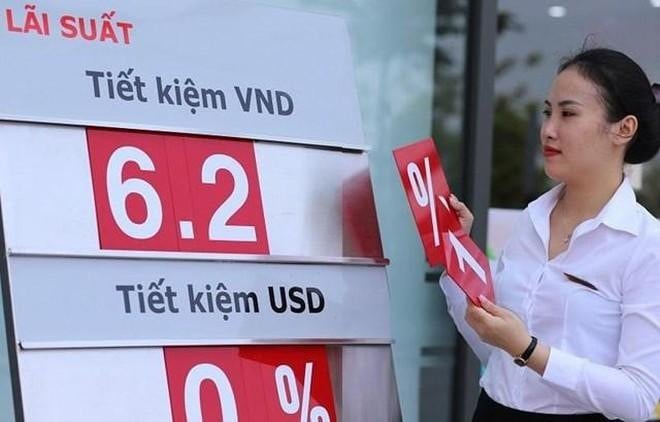
Flexible management policies are needed to keep interest rates stable.
In the context of deposit growth from the population being significantly slower than credit growth, deposit interest rates are at a very low level. However, to meet the increasing demand for lending capital, some banks have begun to slightly increase deposit interest rates by 0.1 to 0.2 percentage points.
Analysts said this move is mainly aimed at increasing the attraction of idle cash flow, in the context that credit in the first half of 2025 increased by nearly 10%, the highest level in many years.
Pressure from the credit growth also spread to the interbank market, causing overnight interest rates to reach 6.4% per year. However, thanks to timely liquidity injection measures from the State Bank of Vietnam (SBV), interbank interest rates have cooled down to around 4.6% per year.
Associate Professor Dr. Nguyen Huu Huan, a financial expert, said: “The current low interest rate is mainly due to the regulatory role of the State Bank. If the regulatory agency continues to pump abundant liquidity and strictly control interest rate increases from commercial banks, the interest rate level can be stable. However, maintaining low interest rates for a long time also has the consequence that pressure on the exchange rate will increase.” He noted that although the USD is showing a weakening trend, the VND is still continuously depreciating, showing a “double bottleneck” in monetary policy management.
In a recent report to the National Assembly, the State Bank of Vietnam also acknowledged that interest rates will be under a lot of pressure in the coming time. In particular, the room to continue reducing lending rates has almost been exhausted, while credit demand for production, business and consumption is forecast to increase sharply to support the GDP growth target in 2025. In addition, the credit institution system may face difficulties in mobilizing capital due to competition from other attractive investment channels such as stocks, gold, real estate, etc.
Mr. Nguyen Quoc Hung, General Secretary of the Vietnam Banking Association, said: "If inflation is well controlled and there is close policy coordination between the State Bank and credit institutions, it is completely possible to stabilize input interest rates, increase mobilized capital, and at the same time control lending interest rates."
Many experts also suggested that the State Bank should maintain flexibility in operating monetary policy, using tools such as issuing treasury bills, buying valuable papers, etc. to provide low-cost capital sources for commercial banks. Thereby, creating conditions to maintain low lending interest rates, supporting businesses and the economy in accordance with the Government's orientation.
Source: https://baolamdong.vn/no-luc-binh-on-lai-suat-huy-dong-doi-mat-nhieu-thach-thuc-382728.html


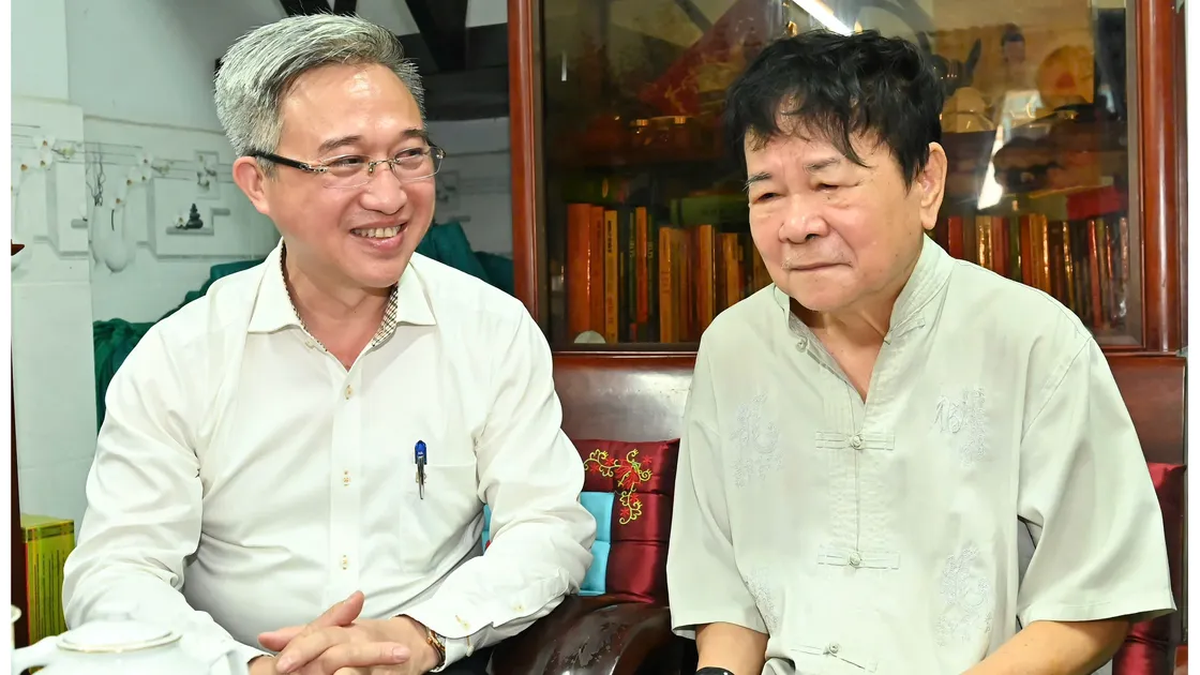
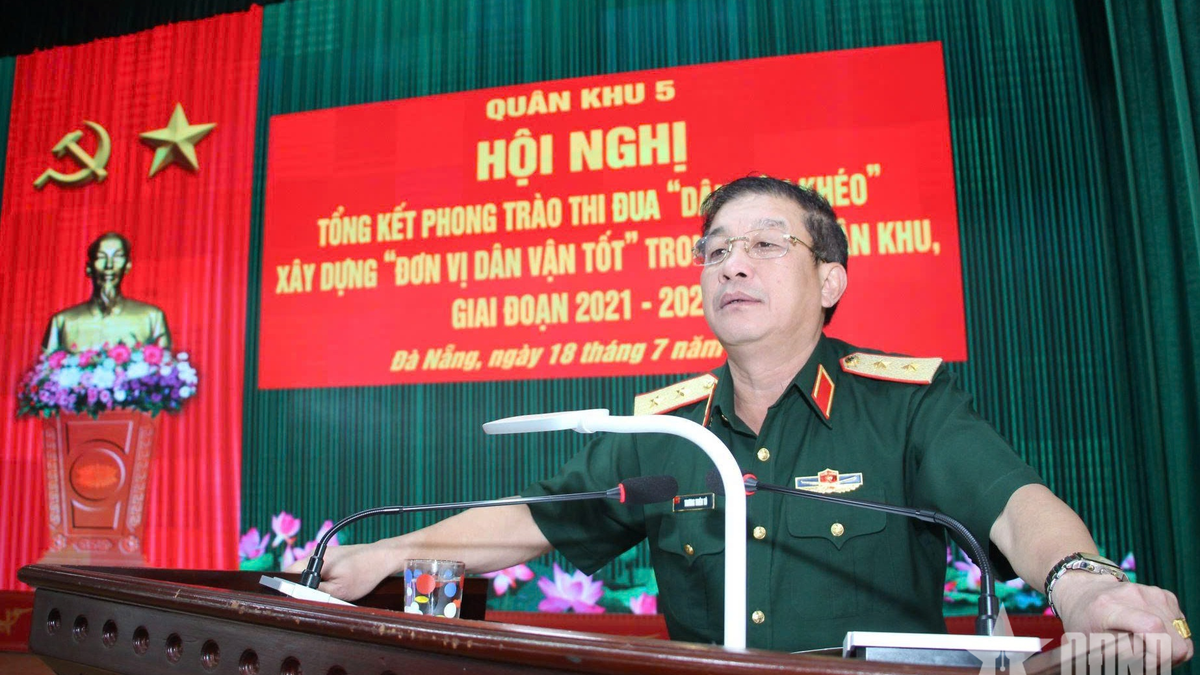

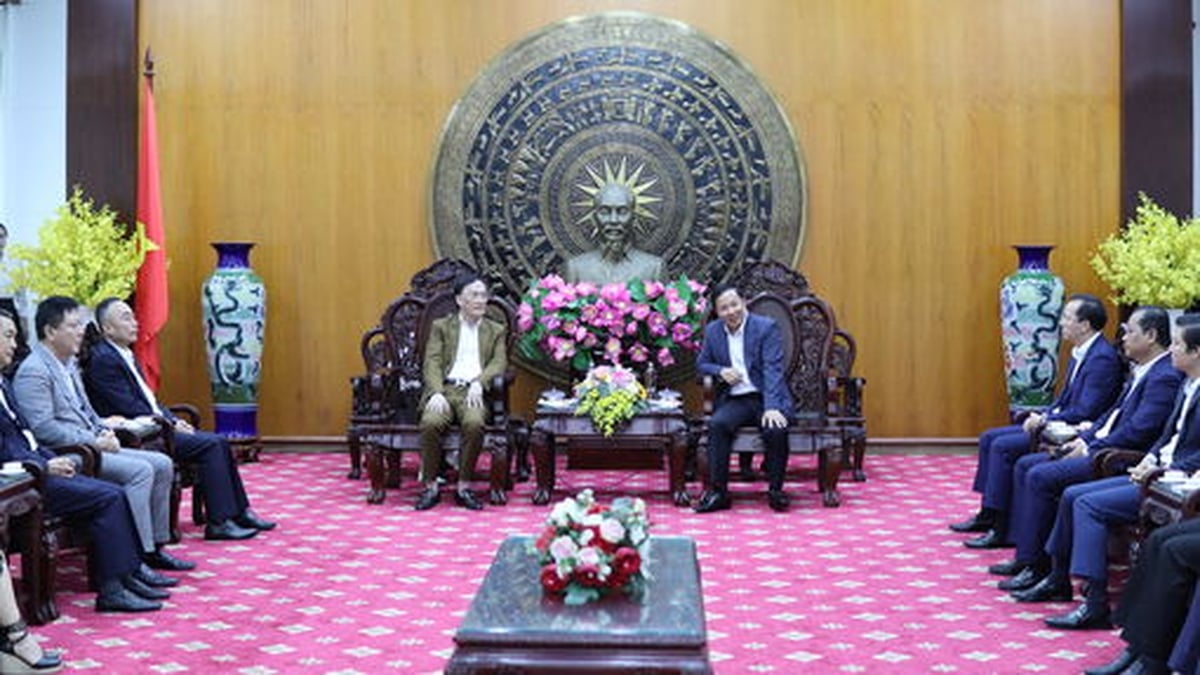

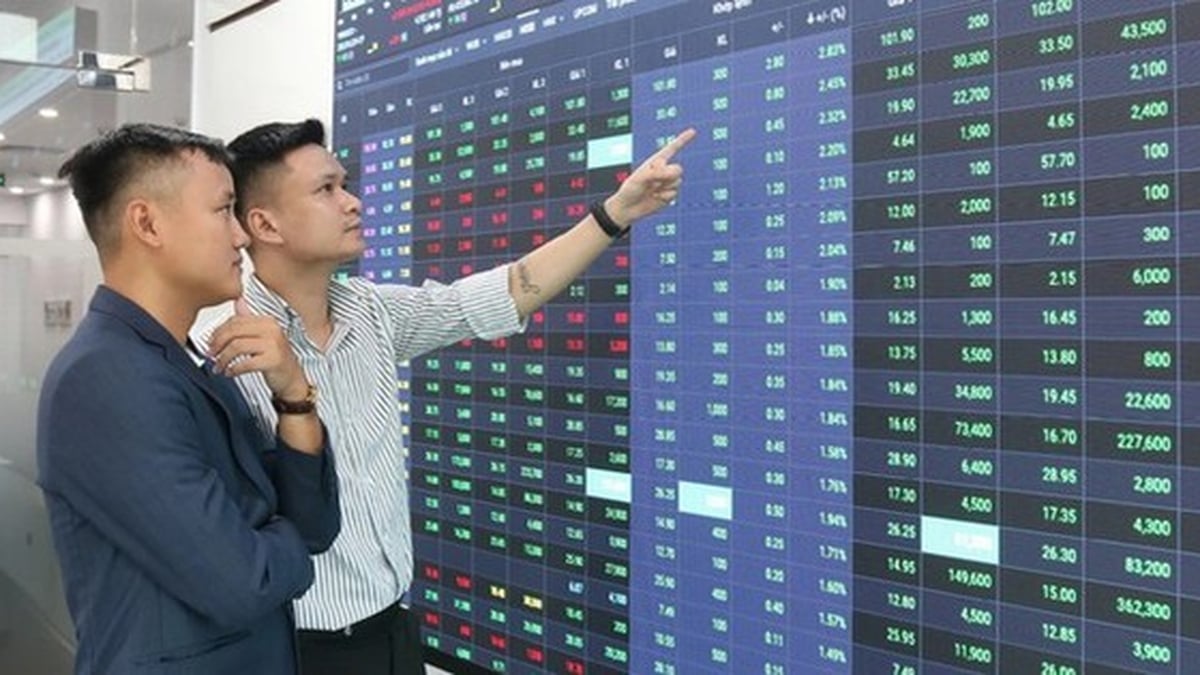

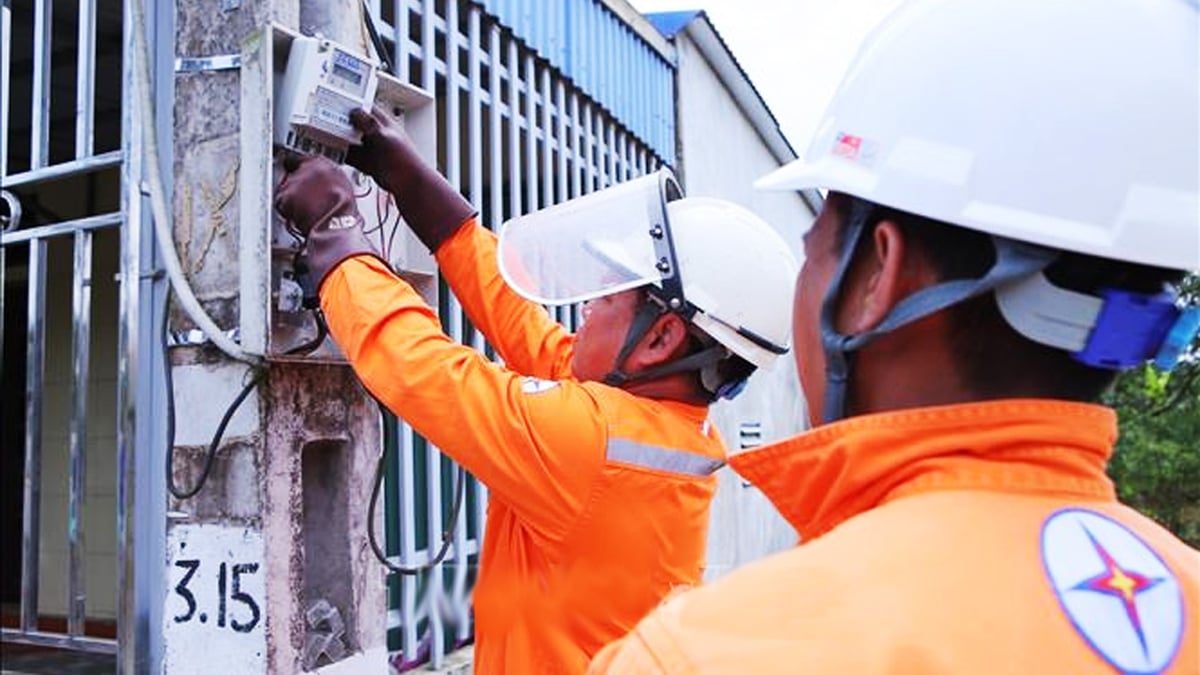

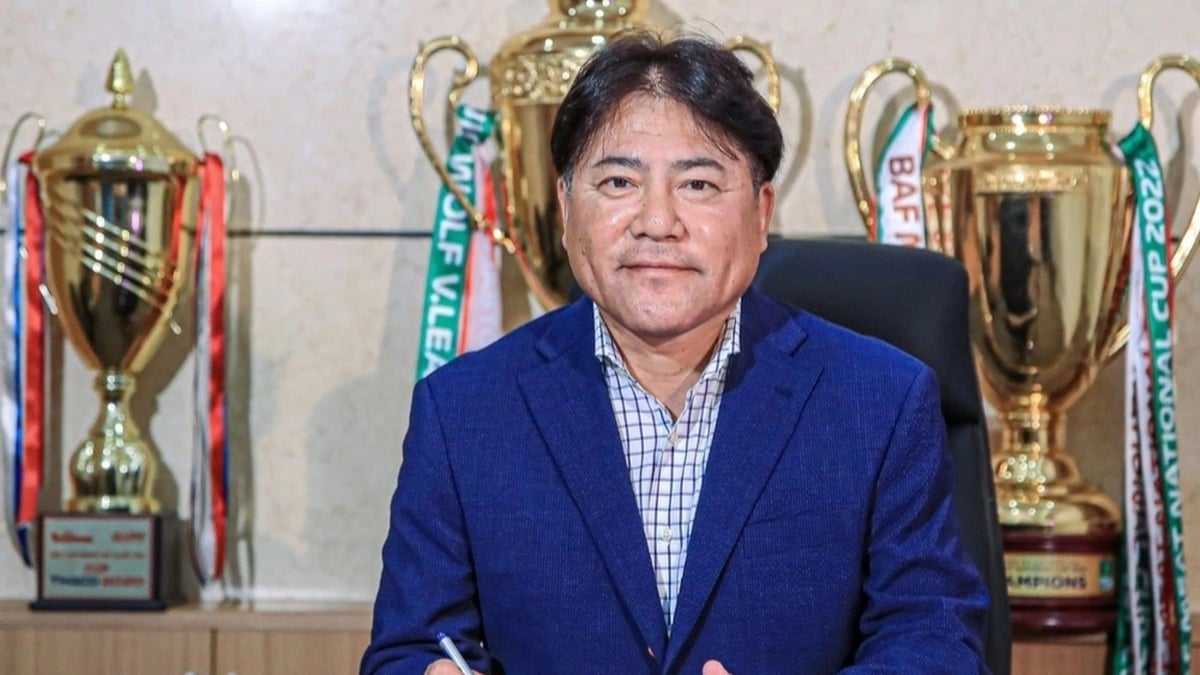

































































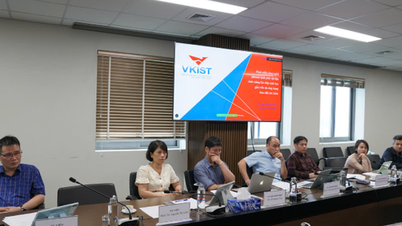
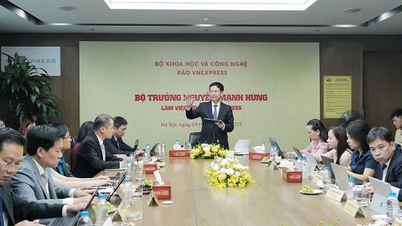
















![[Infographic] In 2025, 47 products will achieve national OCOP](https://vphoto.vietnam.vn/thumb/402x226/vietnam/resource/IMAGE/2025/7/16/5d672398b0744db3ab920e05db8e5b7d)





Comment (0)